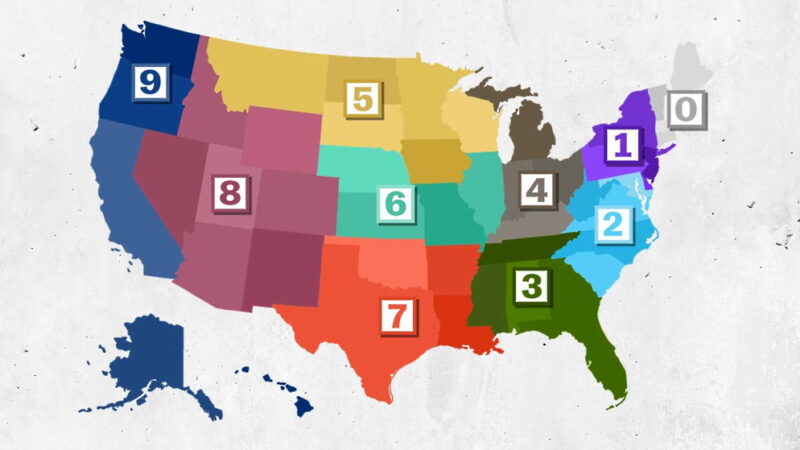The Islamic New Year falls on the first day of Muharram, the first month of the Islamic calendar, marking the migration of Prophet Muhammad and his followers to Medina. According to Islamic traditions, the New Year begins at sunset and is observed with prayers and rituals.
History
In the 7th century AD, Muslims in Mecca faced religious persecution and were forced to migrate to Medina, where Prophet Muhammad established the Hijra movement. In Medina, he introduced the Constitution, which outlined the rights and responsibilities of Muslims. Muharram, the first month of the Islamic year, is considered sacred and holds great significance, second only to Ramadan. On this day, Shia Muslims also hold mourning ceremonies in remembrance of the martyrdom of Prophet Muhammad’s grandson, Hussein.
Interesting Facts
- Muharram is a sacred month and is observed as a time of reflection and remembrance by Muslims worldwide.
- Muslims traditionally spend this day in meditation and solemn prayers.
- Shia Muslims participate in commemorative events, including processions where ritual chest-beating is performed.
- The Islamic (Hijri) calendar is lunar-based, making it 11 to 12 days shorter than the Gregorian solar calendar. As a result, the Islamic New Year shifts earlier each year.
How to Take Part
If you have Muslim friends, take the opportunity to learn about Muharram and its significance. This is a day for reflection and future planning. The Islamic New Year is also a great occasion to acknowledge the shared humanity of all people, regardless of faith or culture. If you have an academic interest, you can research the differences between various religious and cultural traditions.
When is Islamic New Year in 2025?
Islamic New Year is observed on the first day of Muharram, the first month of the Islamic calendar.
Observations
| Weekday | Month | Day | Year |
| Thursday | June | 26 | 2025 |
| Tuesday | June | 16 | 2026 |
| Saturday | June | 6 | 2027 |
| Wednesday | May | 24 | 2028 |
| Tuesday | May | 14 | 2029 |




